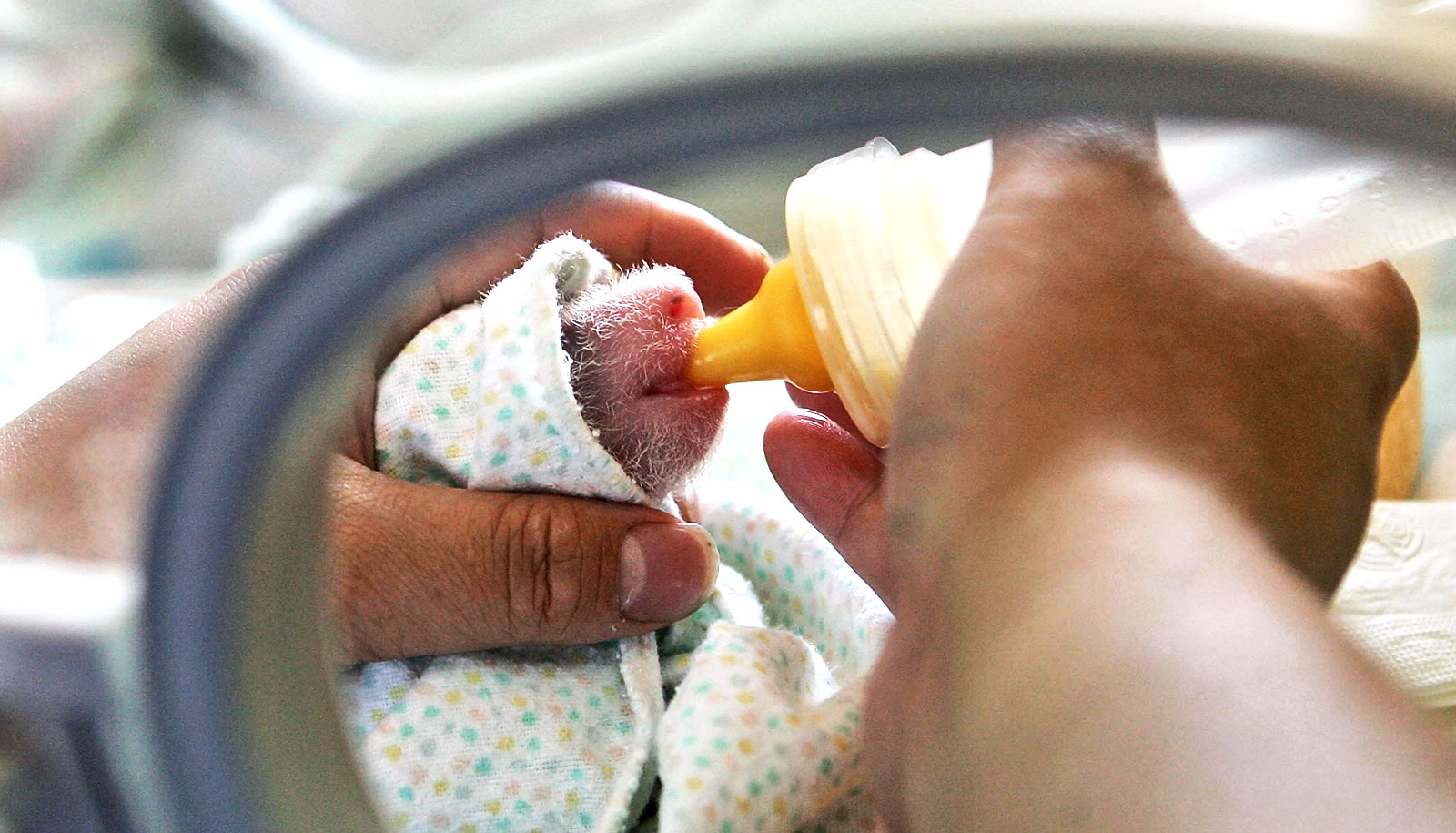A new set of equations describes and predicts commonalities across life despite its enormous diversity, researchers report.
“Our study develops a general theory to study the extraordinary diversity of life using simple rules common to all species. We can further apply these rules to predict specific traits of species that we might know a lot less about,” says lead author Joseph “Robbie” Burger, an ecology and evolutionary biology postdoctoral fellow in the Institute of the Environment and the Bridging Biodiversity and Conservation Science program at the University of Arizona.
Scientists call these specific traits, including the timing of an organism’s reproduction and death, an organism’s life history.
“When thinking about the enormous varieties of lifeforms, it would seem that life is very complicated and wouldn’t be that predictable,” Burger says. But whether you’re as large as a whale or as tiny as plankton, or whether you’re a giant clam that lays millions of eggs at once or an elephant that births a few 250-pound calves in a lifetime, all species have evolved to reproduce, grow, survive, and replace within universal biophysical constraints.
“If you impose these constraints on the mathematical model, then certain unifying patterns fall out,” Burger says.
One of the constraints is demography. Regardless of the number of offspring produced in a lifetime, on average, only two survive to replace the parents. Another constraint is mass-energy balance. Living things allocate energy to bodily maintenance, growth, and reproduction, all of which must balance in a lifecycle.
Imposing these constraints explains two fundamental tradeoffs in how organisms reproduce: the tradeoff between number and size of offspring, and between parental investment in offspring and offspring growth.
“What’s so cool about these equations is that to solve it, all you have to know are two values—the size of the offspring at independence and the adult size,” Burger says. “If you plug that into the equation, you get the number of offspring an organism will produce in a lifetime and myriad other life history characteristics.”
To arrive at this new understanding of how organisms allocate energy to growth, reproduction, and survival, Burger and his colleagues compiled published data on the life histories of a diverse array of wild animals in stable populations.
Their new theory refines old understandings about life history tradeoffs. Past assumptions were that offspring size and number increased or decreased at the same rate. For example, elephants have relatively large calves, so they have few in a lifetime, while tuna produce millions of tiny eggs. It turns out that the relationship is not so straightforward, a realization that inspired Burger’s work.
“We now need to put these equations to practice by developing user-friendly programming tools, collaborating with field scientists refine ecosystem models and informing management decisions,” he says.
The research appears in the Proceedings of the National Academy of Sciences. Additional researchers from Missouri University Science and Technology and the University of New Mexico contributed to the work.
Source: University of Arizona



